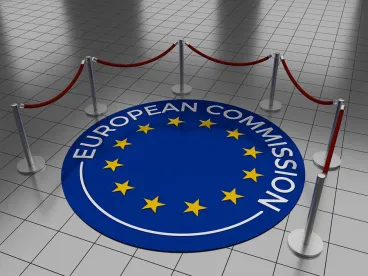Another much-anticipated and likely controversial proposed regulation would establish a CBAM for certain imports. The Commission presented it as a measure to ensure that ambitious climate action in Europe does not lead to “carbon leakage” by pushing carbon-intensive production out of the single European market but contribute to a global emissions decline by encouraging the international partners of the EU and their industries to take steps in the same direction.
The products within the scope of the CBAM are enumerated in Annex I. Annex II would exclude the EFTA countries (but not the UK) from the scope of the CBAM. Regarding electricity, the final proposal states that once third countries are fully integrated into the European internal energy market (IEM) via market coupling, technical solutions should ensure the application of the CBAM to electricity exported from such countries into the customs territory of the EU. If technical solutions cannot be found, such third countries should benefit from an exemption from the CBAM until at the latest 2030. This exception would apply under certain conditions, including developing a road map, implementing a carbon pricing mechanism providing for an equivalent price as the EU ETS, and committing to achieving carbon neutrality by 2050, as well as to EU rules in the field of energy, environment and competition.
Importers would have to seek authorisation from a CBAM authority, buy certificates covering their yearly imports from that authority and surrender them. The number of certificates needed would depend on the emissions embedded in the imports, as declared by the importer and verified by an independent certifier (on the basis of the approach laid out in Annex III). The importer would be allowed to claim a reduction in the number of certificates corresponding to the carbon price paid in the country of origin for the declared emissions. The CBAM Authority would calculate the price of those certificates as the average of the closing prices of all auctions of EU ETS allowances conducted in appointed auctioning platforms during each calendar week.
The proposal foresees a phase-in period starting in 2023 and full implementation from 2026. The Communication accompanying the Fit for 55 package explains the CBAM as an alternative to free allowances under the EU ETS, which currently are one main mechanisms to address the risk of carbon leakage. The CBAM would be gradually phased-in, while free allowances, which weakened its price signal, are phased-out, and a simplified system would apply in the first years. It would ensure that the same carbon price will be paid by domestic and imported products and would, thus, be non-discriminatory and compatible with WTO rules and other international obligations.
The European Commissions, already in place. According to the explanation given in the document, the existing are free allocation of EU ETS allowances and in some cases indirect emission costs. A CBAM is an alternative to those measures and would therefore have to replace them over time. However, to allow producers, importers and traders to adjust to the new regime, the reduction of free allocation should be implemented gradually while the CBAM is phased-in, in order to ensure that they are not cumulative.
Industry representatives expressed doubts about the proposal, calling for an export rebate scheme, about which, in turn, environmental NGOs are highly sceptical.




 />i
/>i
